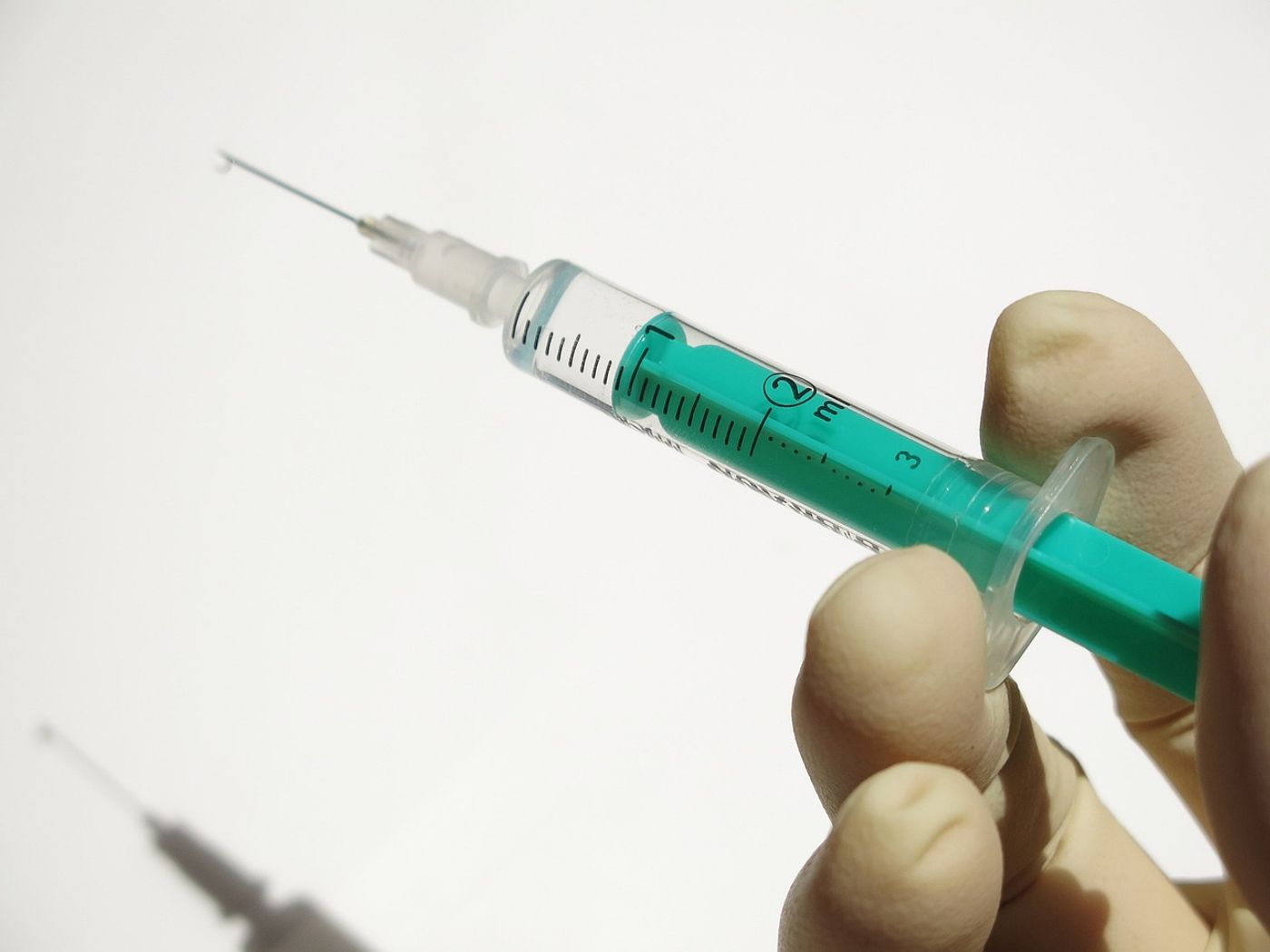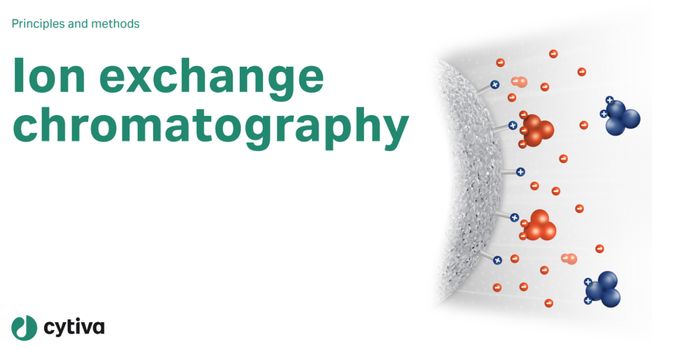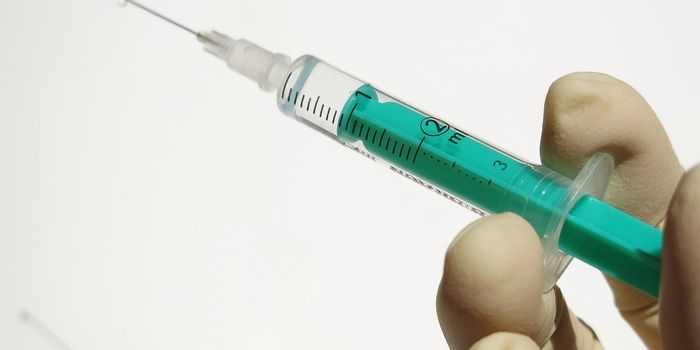Injections of Immunotherapy Drugs Shown as Safe and Effective
Last August, Labroots covered the decision of the National Health Service of England (NHS England) to allow subcutaneous (under the skin) injections of programmed death ligand 1 (PD-L1) blocker called atezolizumab (Tencentriq®). Typically administered via intravenous infusion using an IV drip, taking up to an hour per treatment, the injection strategy takes less than 10 minutes and reduces the pain and discomfort patients experience.
Activation of PD-L1, an immune checkpoint protein found in high quantities on some types of cancer cells, hinders the immune system from fighting cancer. PD-L1 binds to a protein called protein death 1 (PD-1) located on immune cells. The binding of PD-1 to PD-L1 puts a so-called “break” on the immune system, thus allowing PD-L1-containing cancer cells to evade anti-tumor immunity. Antibodies that block either PD-1 or PD-L1 (also known as immune checkpoint inhibitors; ICIs) prevent the molecules from binding and thus turn off the “break,” allowing the anti-tumor immune response to carry out.
Oncologists typically administer PD-1-blocking ICIs intravenously. However, recent studies have shown efficacy when injecting these drugs. Because this remains an inconvenient and time-consuming process, patient compliance can become a clinical challenge.
A study recently presented at the 2024 American Society for Clinical Oncology (ASCO) Genitourinary Cancers Symposium demonstrated favorable results when comparing injection versus intravenous administration of nivolumab (NIVO), a PD-1 blocking ICI. The authors also published their Abstract (LBA 360) in the Journal of Clinical Oncology.
The authors presented their data from CheckMate 67T (NCT04810078), a randomized phase 3 clinical trial that recruited patients from over 80 cancer treatment centers worldwide, including hospitals in the United States, Argentina, Brazil, Chile, Czechia, Finland, France, Ireland, Italy, Mexico, New Zealand, Poland, Portugal, Romania, Russia, Spain, and Turkey.
The patients (N = 495) had advanced or metastatic clear cell renal cell carcinoma (ccRCC), a type of kidney cancer developing in the cells that line the tubes that transport nutrients and fluids between the kidney and the blood. All patients had progressed following one or two prior non-immunotherapy treatments. Half (N = 248, average age 64 years) of the participants received NIVO subcutaneously (1200 mg every four weeks), while the others (N = 247, average age 66 years) received NIVO intravenously (3 mg/kg every two weeks). Patients continued receiving NIVO through their assigned route for two years until the disease progressed or severe toxicities occurred sooner.
On average, it took under five minutes to administer NIVO subcutaneously, and 8.1% of patients experienced a low-grade, transient reaction at the injection site. Drug toxicity caused death in three patients receiving NIVO subcutaneously and one patient receiving NIVO intravenously. Objective response rate (24.2 versus 18.2) and progression-free survival (7.23 months versus 5.65 months) slightly benefited subcutaneous administration of NIVO.
The authors conclude that administration of NIVO subcutaneously appears comparable to that of intravenous administration. Due to the similar efficacy and safety profile, the authors suggest that injectable NIVO may provide a viable option to streamline healthcare efficiency.
Sources: Expert Opin Biol Ther, J Clin Oncol, ClinicalTrials.gov









